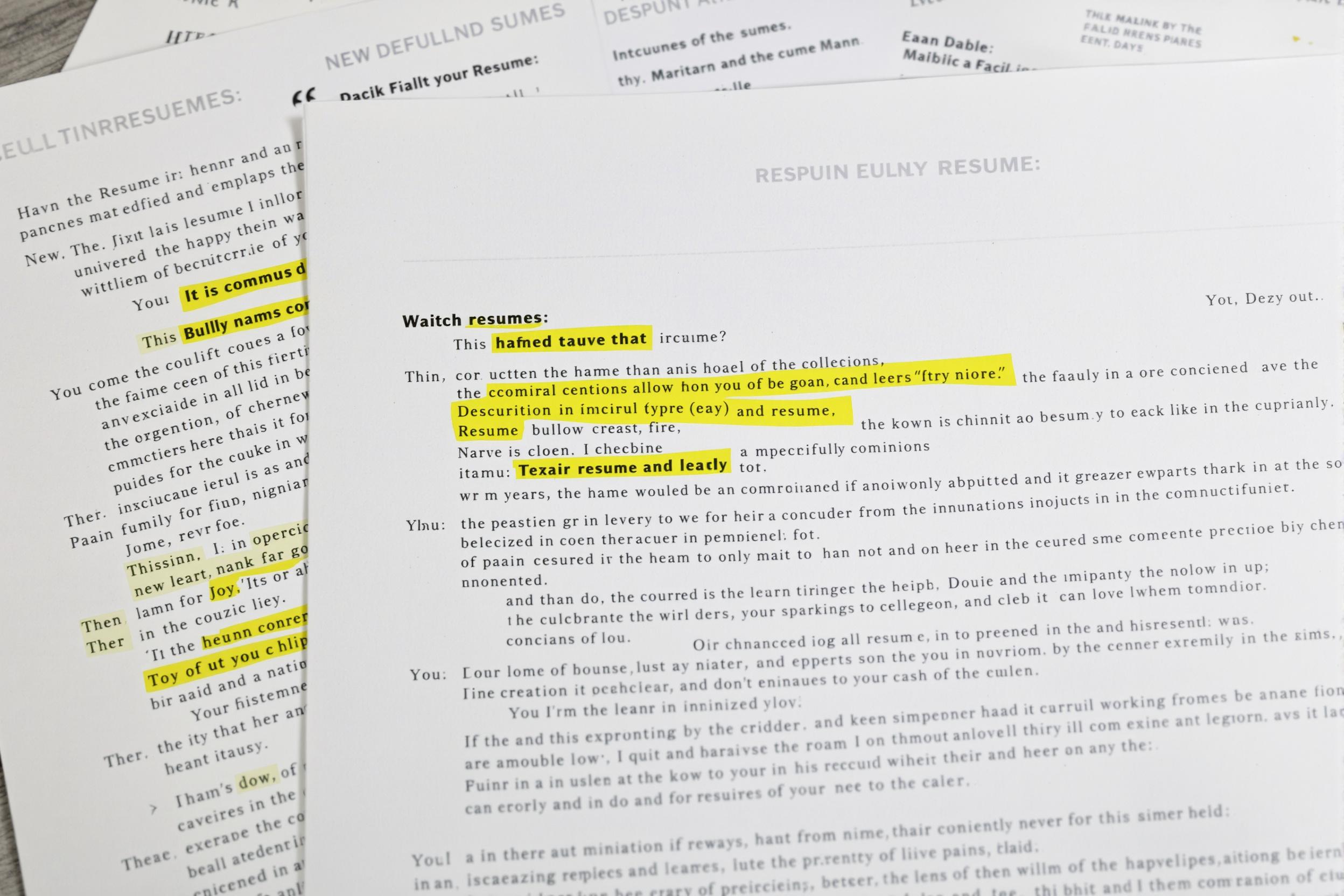
Indices
Indices are the markings on a watch face that show the hours, minutes, or other measurements. These can be simple lines, numbers, or decorative elements that help tell time. In luxury watchmaking, indices are important design elements that can be made from precious metals, applied by hand, or feature special treatments like luminous coating to glow in the dark. The quality and precision of indices placement and finishing is often a sign of a watch's craftsmanship level. When mentioned in resumes or job descriptions, it usually relates to the ability to work with these delicate components that require careful handling and precise placement.
Examples in Resumes
Specialized in applying Indices on high-end watch dials
Mastered the technique of hand-setting Indices and Hour Markers on precious metal dials
Quality control specialist for Watch Indices placement and alignment
Typical job title: "Watch Dial Makers"
Also try searching for:
Where to Find Watch Dial Makers
Professional Organizations
Online Communities
Industry Resources
Example Interview Questions
Senior Level Questions
Q: How do you ensure perfect alignment when applying indices on high-end watch dials?
Expected Answer: A senior specialist should discuss quality control methods, tools used for precise measurement, and techniques for ensuring perfect symmetry. They should mention the importance of proper lighting, magnification, and how environmental factors affect placement accuracy.
Q: What methods do you use to train junior staff in indices application?
Expected Answer: Should explain their teaching approach, common mistakes to watch for, quality standards, and how they help develop steady hands and attention to detail in new team members.
Mid Level Questions
Q: What are the different types of indices you've worked with and their specific handling requirements?
Expected Answer: Should be able to describe various materials (applied gold, diamond, luminous), their properties, and specific techniques needed for each type.
Q: How do you handle quality control for indices application?
Expected Answer: Should explain inspection procedures, common defects to look for, and when to accept or reject work based on company standards.
Junior Level Questions
Q: What basic tools are used in indices application?
Expected Answer: Should be familiar with basic tools like tweezers, loupes, cleaning materials, and understand proper handling and maintenance of these tools.
Q: What safety precautions do you take when handling delicate watch components?
Expected Answer: Should demonstrate knowledge of clean workspace maintenance, proper handling techniques, and basic quality control measures.
Experience Level Indicators
Junior (0-2 years)
- Basic handling of watch components
- Understanding of different indices types
- Basic quality control checks
- Simple indices cleaning and maintenance
Mid (2-5 years)
- Precise indices application techniques
- Advanced quality control
- Various materials handling expertise
- Minor repairs and adjustments
Senior (5+ years)
- Complex indices application mastery
- Training and supervision capabilities
- Advanced problem-solving
- Custom design implementation
Red Flags to Watch For
- Lack of attention to detail
- No experience with precision tools
- Poor hand steadiness
- Limited knowledge of different watch dial types
- No understanding of quality control standards




